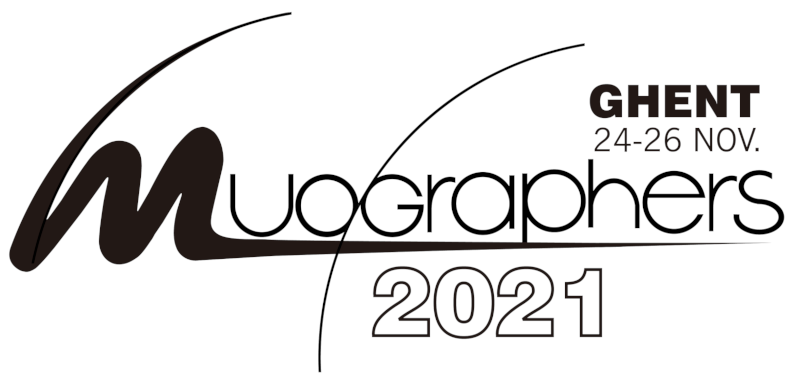Speaker
Description
Muon radiography can be a powerful tool to study the internal density structure of large objects at a few hundred meters scale. However, background noise can reduce significantly the efficacy of this technique if not adequately eliminated. In our cosmic ray muon radiography experiment to image the internal density structure of the Wudalianchi volcano in northeast China, the background noise pollution led to overestimate the muon flux, which seriously underestimated the density of the volcano. To estimate correctly the level of background noise and propose solutions to reduce it, we use the CRY code to generate the cosmic particles (electrons, protons and muons) and the Geant4 code to simulate the interaction of particles within the volcano structure. The results show that the background noise in muon radiography is mainly made of low energy particles (less of 1-2 GeV). To discriminate the background particles and eliminate them we study the feasibility of two methods; one is based on Time of Flight technique provided by fast time detectors to identify the particles, another is using the Multiple Coulomb Scattering method by placing absorber walls between detector layers. The two methods aim at separating low from high particles.
This study will be instructive for the next volcano experiment.
